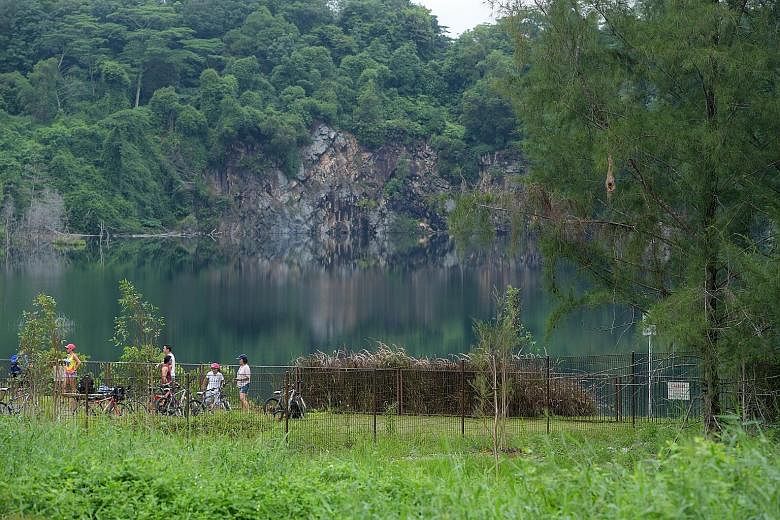Over the past year, the National Parks Board has made numerous efforts to preserve and restore the natural environment of Pulau Ubin to give a boost to its native animal and plant species, some of which cannot be found on mainland Singapore.
Located about 4km from the mainland, Ubin is home to more than 720 native plant species and over 500 animal species.
These include the greater mousedeer, one of the smallest hoofed animals in the world, rediscovered on Ubin in 2008 after being thought extinct in Singapore for more than 80 years.
Last month, works were completed on a sensory trail pond, which is aimed at providing wildlife, such as herons and kingfishers, with habitats. And to give bats places to roost, 30 bat boxes designed and built with the help of students from Republic Polytechnic and ITE College East were placed across the island. This is in addition to two bat houses that were introduced earlier in the year.
Otter holts, or dens, were also constructed, allowing researchers to monitor and study the behaviour of the oriental small-clawed otter.
In addition, three bird species - the red-wattled lapwing, the blue-throated bee-eater and the baya weaver - had their habitats, which are difficult to find on the mainland, enhanced.
In May, plans were announced to restore the island's northern shoreline, which has been hit badly by erosion caused by changes in wave conditions due to the wakes of ships and changes in land use. This threatens the habitat of plants such as the critically endangered crocodile tree.
Existing beaches will be widened using rock structures and sand. More mangroves will be grown and wooden poles added along the coast to reduce the impact of the waves.
Works to restore the shoreline are expected to begin next year and be completed by 2020.
Endangered native orchids will also be reintroduced to the island.
Zhaki Abdullah

